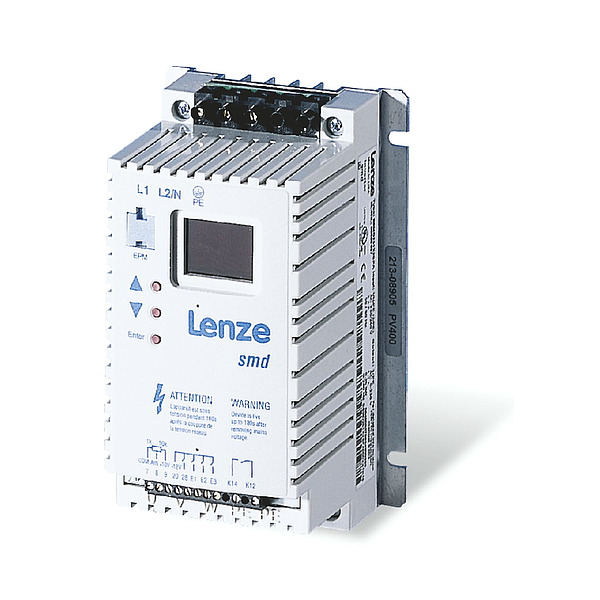Posted on 11th May 2024

Inverter drives, also known as variable frequency drives (VFDs), are indispensable components in modern industrial and commercial applications. They regulate the speed and torque of electric motors, enabling precise control over machinery and equipment. However, like any complex electronic device, inverter drives are susceptible to failures that can disrupt operations and incur costly downtime. According to CM Industry Supply Automation, Understanding common causes of inverter drive failures and implementing preventive measures is essential for maintaining reliability and maximizing productivity. Here's a comprehensive guide on how to avoid inverter drive failures:
The foundation of reliable operation begins with proper installation and commissioning of inverter drives. Ensure that drives are installed according to manufacturer guidelines, considering factors such as environmental conditions, electrical wiring, and cooling requirements. Thoroughly inspect and test the installation to identify any potential issues before putting the drive into service. Additionally, commissioning should include calibration of parameters and settings to optimize performance and ensure compatibility with the application.
Heat is a major contributor to inverter drive failures. Inadequate ventilation and cooling can lead to overheating, which compromises the performance and lifespan of the drive. Install drives in well-ventilated enclosures or cabinets with sufficient airflow to dissipate heat effectively. Consider using additional cooling methods such as fans or heat sinks, especially in environments with elevated temperatures or high ambient humidity.
Implement a proactive maintenance program to regularly inspect and maintain inverter drives. Schedule routine inspections to check for signs of wear, corrosion, or loose connections. Perform preventive maintenance tasks such as cleaning dust and debris accumulation, checking for oil or coolant leaks, and verifying proper alignment of components. Address any issues promptly to prevent minor problems from escalating into major failures.
Protect inverter drives from voltage spikes, surges, and fluctuations, which can damage internal components and lead to premature failure. Install surge protection devices and voltage regulators to safeguard against transient voltage events. Additionally, implement current-limiting measures such as fuses or circuit breakers to prevent overcurrent conditions that could damage the drive or connected equipment.
Environmental factors such as moisture, dust, and corrosive substances can adversely affect inverter drive performance and reliability. Shield drives from direct exposure to moisture and contaminants by using sealed enclosures or protective covers. In corrosive environments, choose drives with appropriate coatings or materials that offer resistance to chemical exposure. Regularly inspect enclosures for signs of corrosion or degradation and take corrective action as needed.
Ensure that personnel responsible for operating and maintaining inverter drives are adequately trained and aware of best practices for safe and effective operation. Provide training on proper startup and shutdown procedures, parameter adjustments, fault diagnosis, and emergency response protocols. Encourage operators to report any abnormal behavior or warning signs promptly to facilitate timely intervention and prevent potential failures.
By implementing these strategies to avoid inverter drive such as Lenze Drive or Keb Drive failures, organizations can minimize downtime, reduce repair costs, and prolong the lifespan of critical equipment. Investing in proper installation, maintenance, and protection measures pays dividends in terms of reliability, efficiency, and operational continuity. With proactive management and adherence to best practices, inverter drives can reliably fulfill their role in driving productivity and innovation across various industrial and commercial applications.